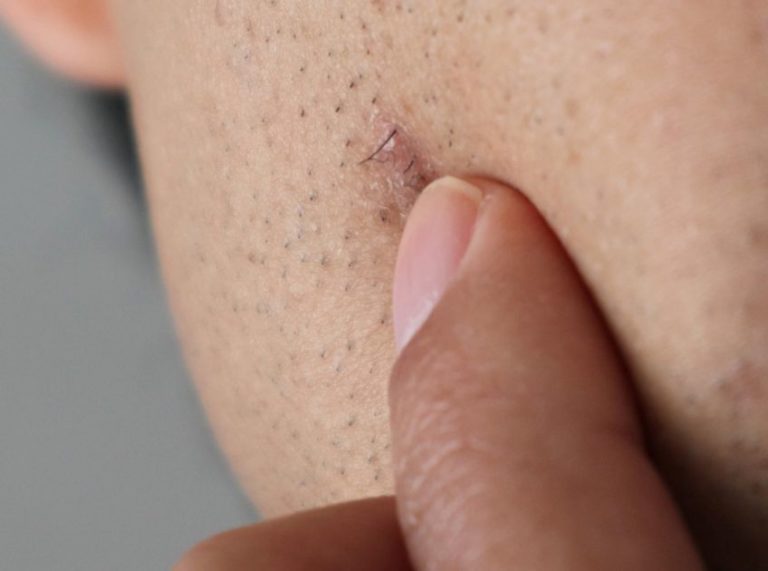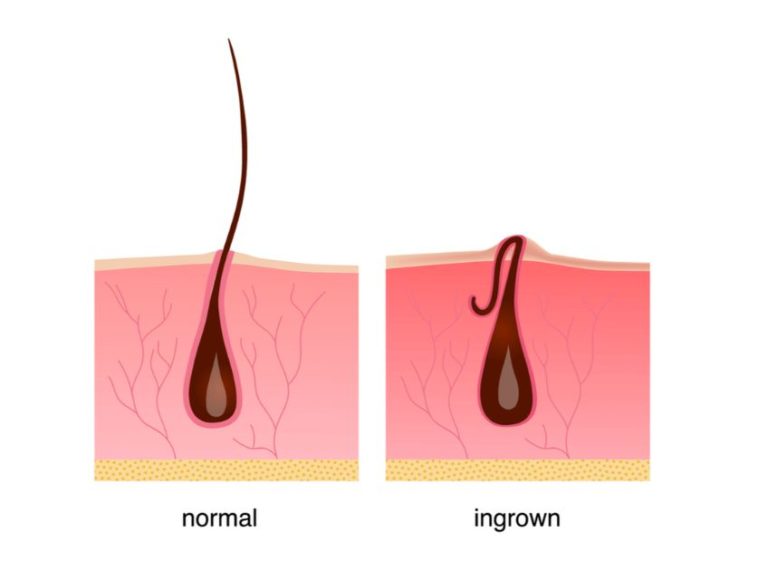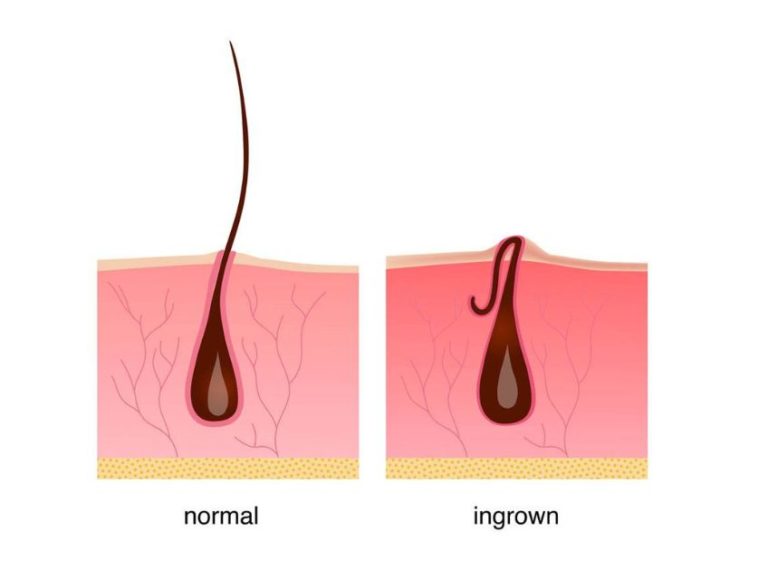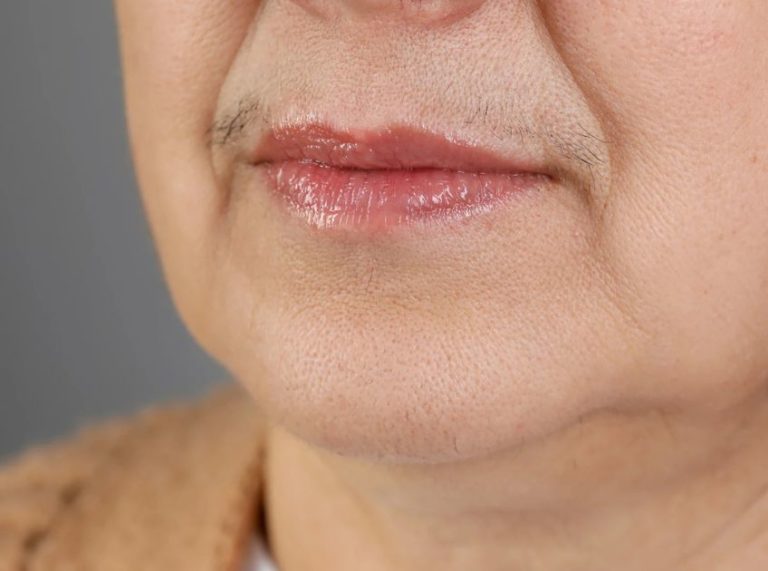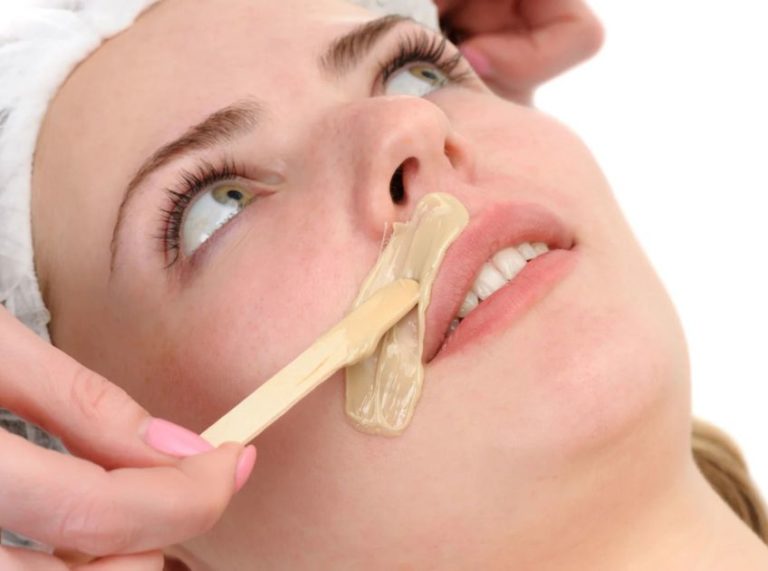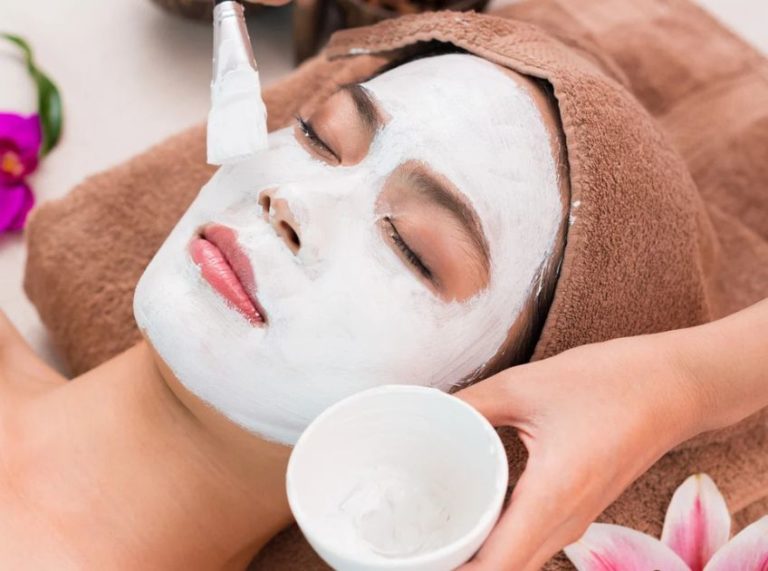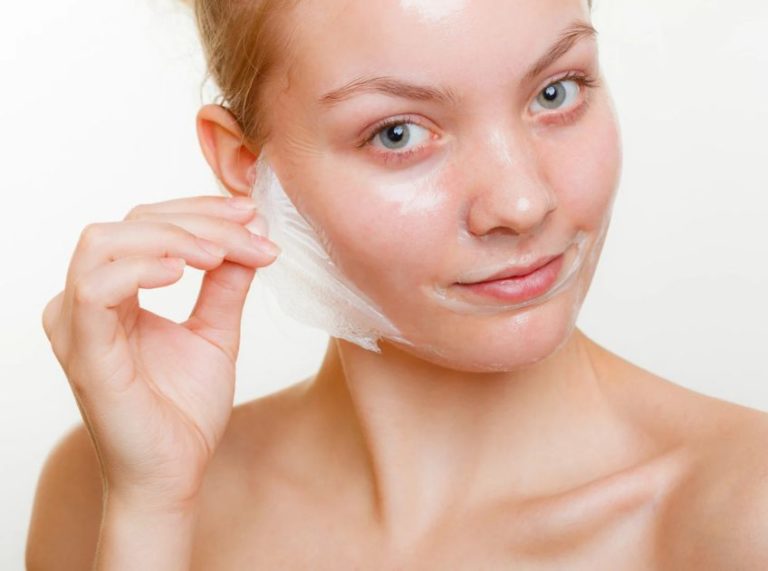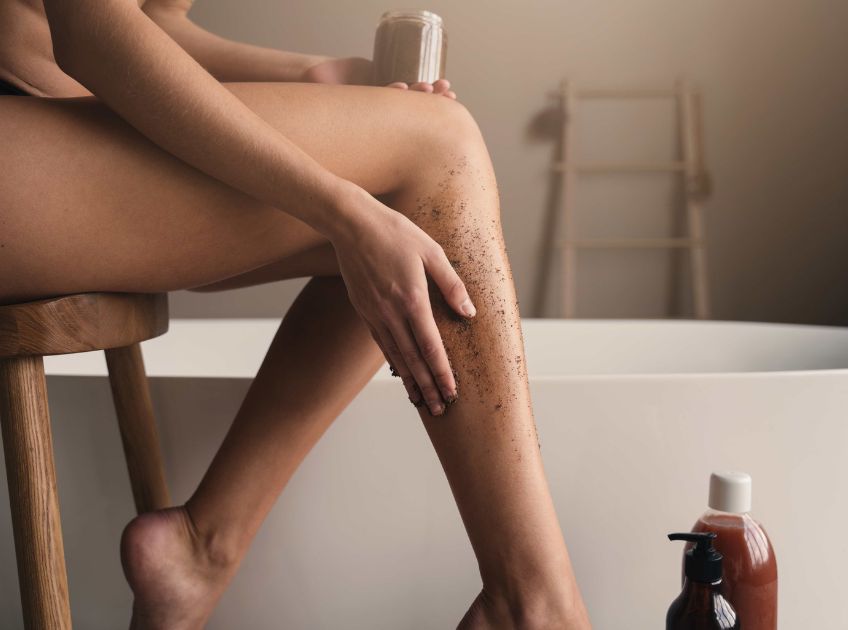
Important: This article is for informational purposes only. Please read our full disclaimer for more details.
Ingrown hairs can be both frustrating and painful. They occur when a hair curls back or grows sideways into the skin, leading to redness, bumps, irritation, and sometimes even infection. While they’re common after shaving, waxing, or epilating, they can affect anyone.
Article Contains
- Understanding Ingrown Hairs: Why Do They Happen?
- Smart Ways to Prevent Ingrown Hairs Before They Start
- DIY Sugar Scrub: Can It Really Help With Ingrown Hairs?
- How to Use an Exfoliator the Right Way
- Other Effective Homemade Exfoliator Recipes
- Scientific Evidence for Exfoliation in Ingrown Hair Treatment
One of the most effective ways to prevent and treat ingrown hairs is regular exfoliation. Instead of spending money on chemical-based scrubs, you can create a homemade exfoliator using natural ingredients that gently remove dead skin cells, unclog pores, and free trapped hairs — all while keeping your skin nourished and smooth.
In this guide, we’ll explore the causes of ingrown hairs, how to prevent them, and how to make and use DIY sugar scrubs and natural exfoliators backed by science.
Understanding Ingrown Hairs: Why Do They Happen?
Ingrown hairs form when hair fails to grow straight out of the follicle and instead curls back into the skin. This process triggers inflammation and can lead to itchy, raised bumps. Common causes include:
- Improper shaving techniques → Shaving against the grain or using blunt blades
- Frequent waxing or epilation → Can damage follicles and alter hair growth
- Dead skin buildup → Blocks hair follicles, forcing hair to grow sideways
- Tight clothing → Friction causes hair to grow back improperly
- Naturally curly or coarse hair → More prone to curling back into the skin
According to a 2018 study published in the Journal of Cosmetic Dermatology, people with curly or coarse hair types are at a higher risk of developing ingrown hairs, especially after waxing or shaving (1).
Smart Ways to Prevent Ingrown Hairs Before They Start
Prevention is always better than cure when it comes to ingrown hairs. Here are some dermatologist-approved tips:
- Exfoliate regularly → Removes dead skin cells and keeps pores unclogged.
- Shave properly → Always use a sharp, clean razor and shave in the direction of hair growth.
- Moisturize your skin → Hydrated skin is less likely to trap hairs beneath its surface.
- Wear breathable fabrics → Avoid overly tight clothes, especially in areas prone to ingrown hairs.
- Avoid touching or picking → Scratching can worsen inflammation and increase infection risk.
By combining these preventive steps with a homemade exfoliator, you’ll not only treat existing bumps but also reduce the likelihood of new ones forming.
DIY Sugar Scrub: Can It Really Help With Ingrown Hairs?
Yes, absolutely! Sugar scrubs are one of the most effective natural exfoliators for treating and preventing ingrown hairs. Sugar is a natural humectant, meaning it attracts and locks in moisture, while its fine granules gently buff away dead skin without causing microtears.
Additionally, pairing sugar with antibacterial and anti-inflammatory ingredients like honey, coconut oil, or tea tree oil makes it even more effective.
Simple Homemade Sugar Scrub Recipe
Ingredients
- 2 tablespoons brown or white sugar
- 1 tablespoon coconut oil or olive oil
- ½ teaspoon honey (optional, for antibacterial benefits)
- 2-3 drops tea tree oil (optional, for soothing inflamed skin)
How to Make & Use
- Mix all ingredients in a small bowl until well combined.
- Apply the scrub to the affected area using gentle circular motions for 1–2 minutes.
- Rinse with lukewarm water and pat dry.
- Follow up with a lightweight moisturizer or aloe vera gel.
- Use 2-3 times per week for best results.
How to Use an Exfoliator the Right Way
Exfoliation is effective only when done correctly. Overdoing it can damage your skin’s protective barrier, while under-exfoliating won’t deliver results. Here’s how to strike the right balance:
- Frequency → Exfoliate 2-3 times per week; daily scrubbing may irritate.
- Pressure → Use light, circular motions — avoid scrubbing aggressively.
- Timing → Exfoliate before shaving or waxing to prevent hairs from getting trapped.
- Moisturize afterward → Always follow exfoliation with a soothing moisturizer to replenish hydration.
- Be gentle on sensitive areas → For the bikini line, underarms, or face, choose finer exfoliants and avoid harsh scrubbing.
A 2017 clinical study published in the International Journal of Dermatology highlighted that gentle exfoliation reduces follicular blockage, making it an effective preventive measure against ingrown hairs (2).
Other Effective Homemade Exfoliator Recipes
1. Coffee & Coconut Oil Scrub
You’ll Need
- 2 tbsp coffee grounds
- 1 tbsp coconut oil
Recipe: Mix 2 tbsp coffee grounds with 1 tbsp coconut oil and gently scrub for 2 minutes.
Why it works: Coffee grounds act as a natural exfoliant and contain antioxidants, while coconut oil deeply moisturizes.
2. Oatmeal & Yogurt Scrub
You’ll Need
- 1 tbsp ground oatmeal
- 1 tbsp yogurt
Recipe: Blend 1 tbsp ground oatmeal with 1 tbsp yogurt, apply to affected areas, and rinse after 5 minutes.
Why it works: Oatmeal soothes inflamed skin, and yogurt’s lactic acid helps dissolve dead cells.
3. Baking Soda & Honey Scrub
You’ll Need
- 1 tbsp baking soda
- 1 tbsp honey
Recipe: Mix 1 tbsp baking soda with 1 tbsp honey, apply gently, and rinse thoroughly.
These alternatives work especially well if you have sensitive or acne-prone skin.
Why it works: Baking soda acts as a mild exfoliant, and honey offers antibacterial protection.
Scientific Evidence for Exfoliation in Ingrown Hair Treatment
- A study in the Journal of the American Academy of Dermatology (2019) found that gentle exfoliation significantly reduces the recurrence of ingrown hairs after shaving (3).
- Tea tree oil, commonly used in DIY scrubs, has proven anti-inflammatory and antimicrobial effects according to research published in Clinical Microbiology Reviews (2018) (4).
- Lactic acid, present in yogurt, has been shown in dermatological studies to improve skin texture and prevent follicular blockage.
These findings confirm that homemade exfoliators aren’t just natural — they’re scientifically backed.
Frequently Asked Questions (FAQ’S)
1. How soon will I see results after using a DIY exfoliator?
A. You may notice smoother skin and reduced redness within a few days, but it usually takes 2–3 weeks of consistent exfoliation to see significant improvement.
2. Can I exfoliate if I already have inflamed ingrown hairs?
A. Yes, but gently. Avoid aggressive scrubbing on painful or infected bumps. Use soothing scrubs with oatmeal, aloe vera, or honey to calm irritation.
3. Are homemade scrubs safe for sensitive skin?
A. Absolutely, provided you choose mild ingredients like oatmeal, yogurt, or finely ground sugar and avoid strong essential oils or harsh exfoliants.
Smooth, Bump-Free Skin Is Within Reach
Dealing with ingrown hairs can be frustrating, but the solution doesn’t have to involve harsh chemicals or expensive treatments. By incorporating a homemade exfoliator into your routine, you can gently remove dead skin, unclog pores, and prevent hair from curling back into the skin.
